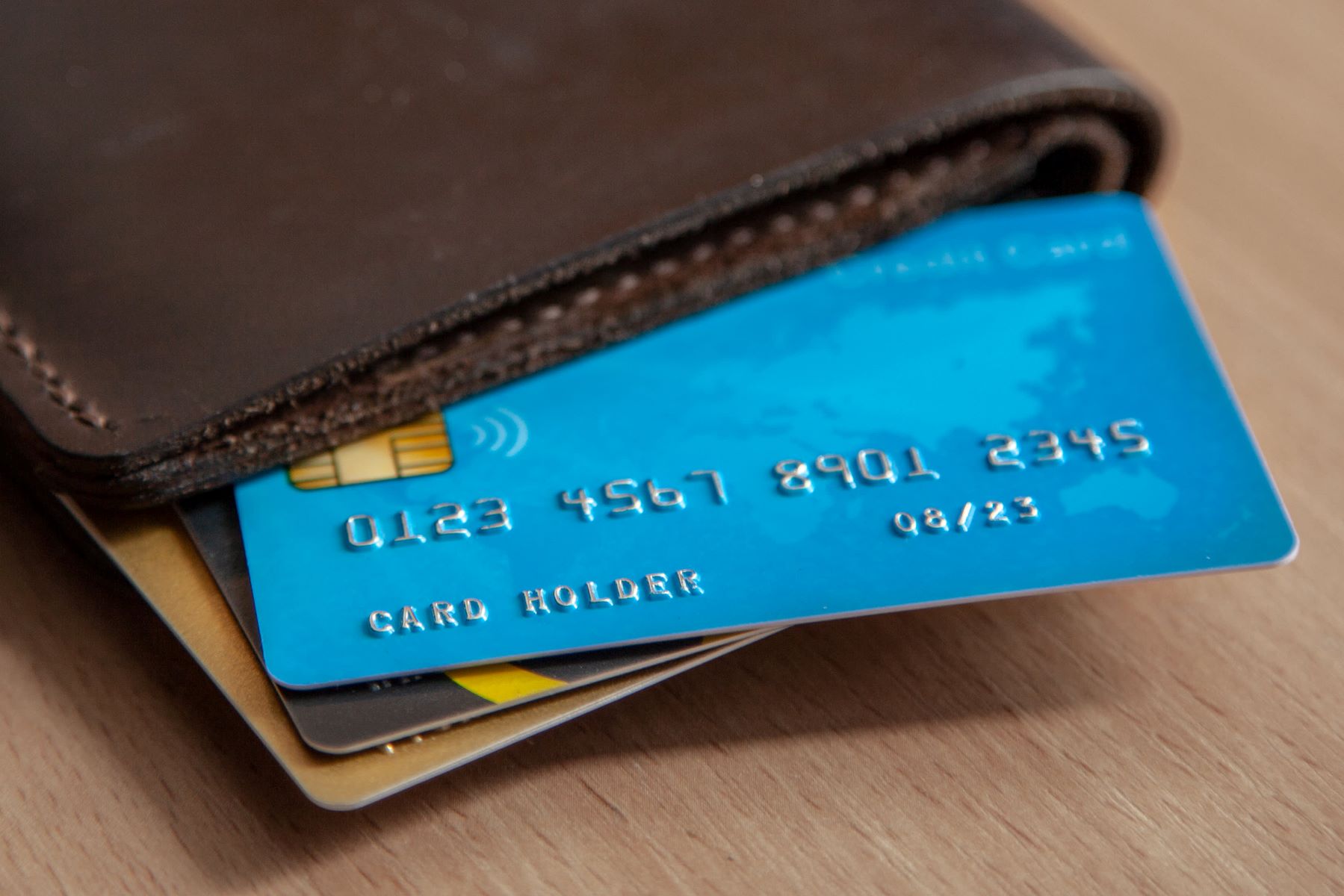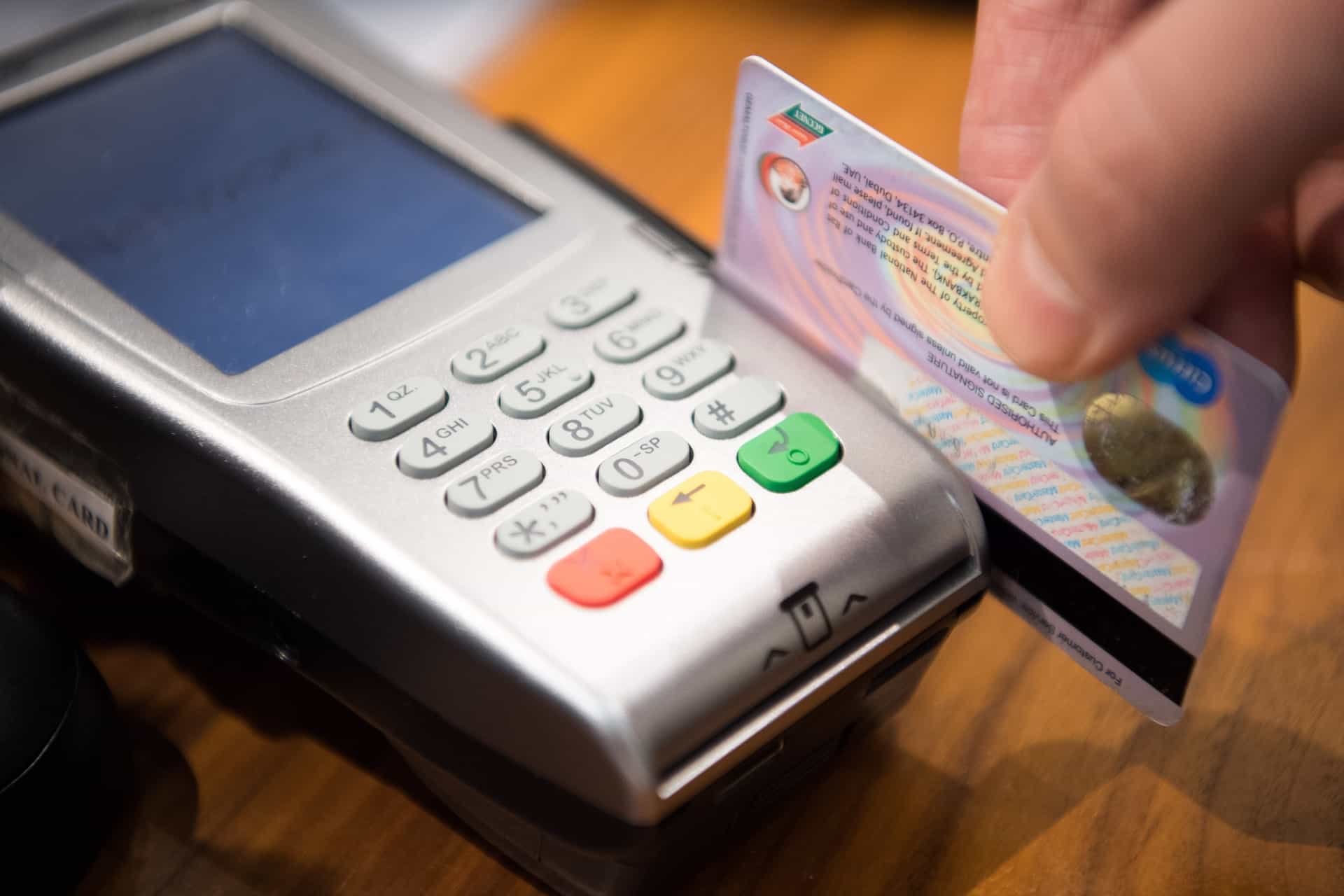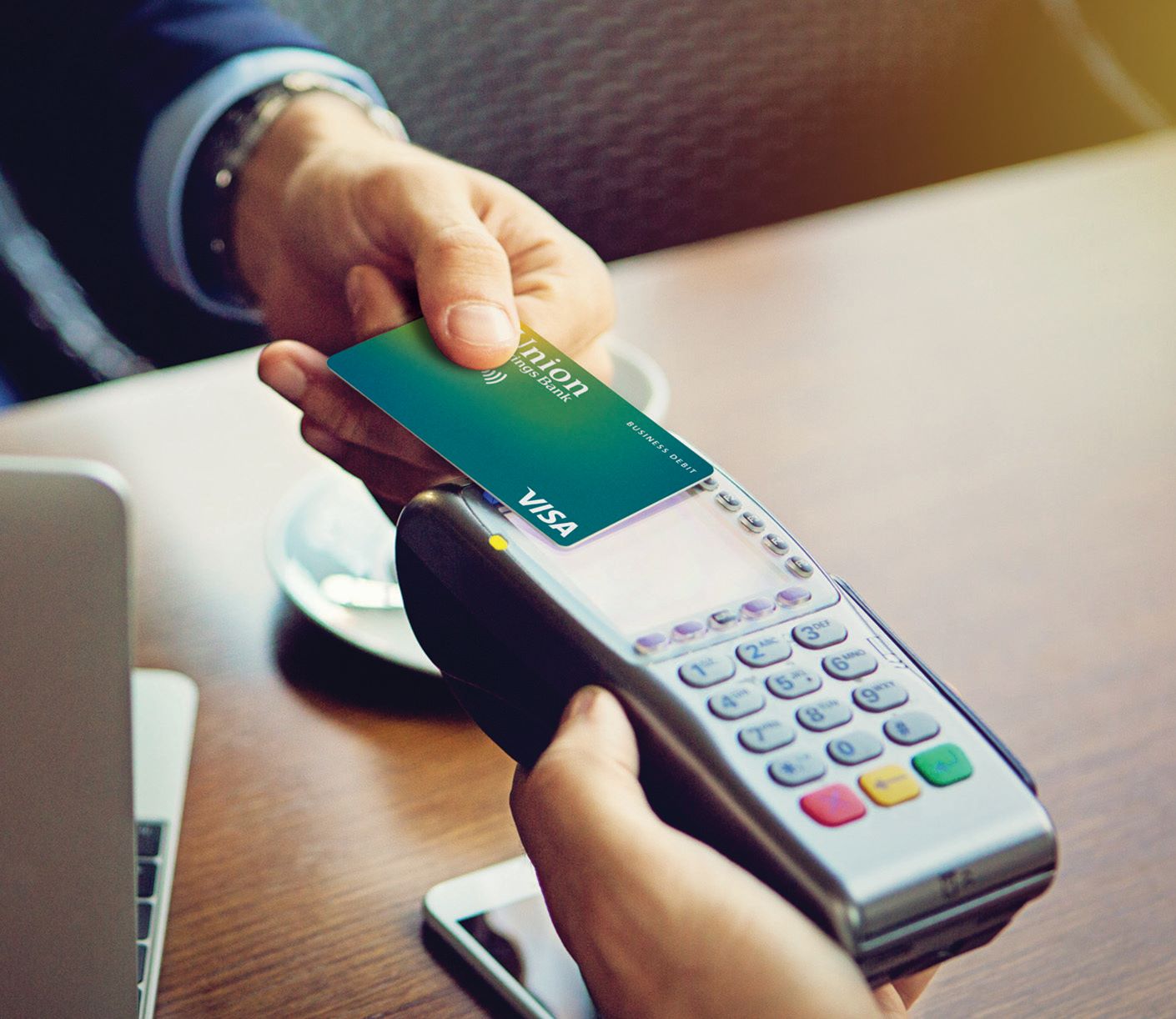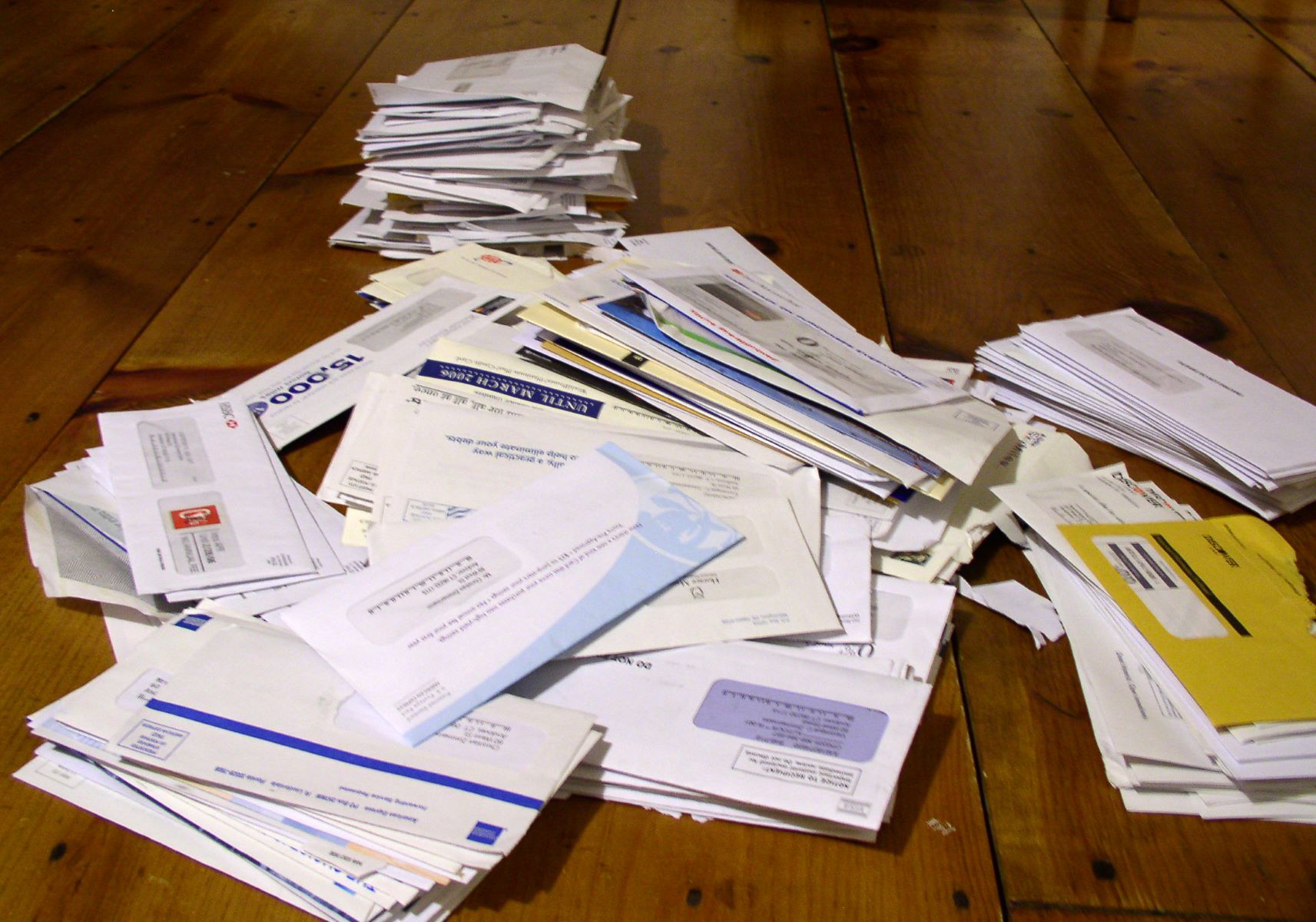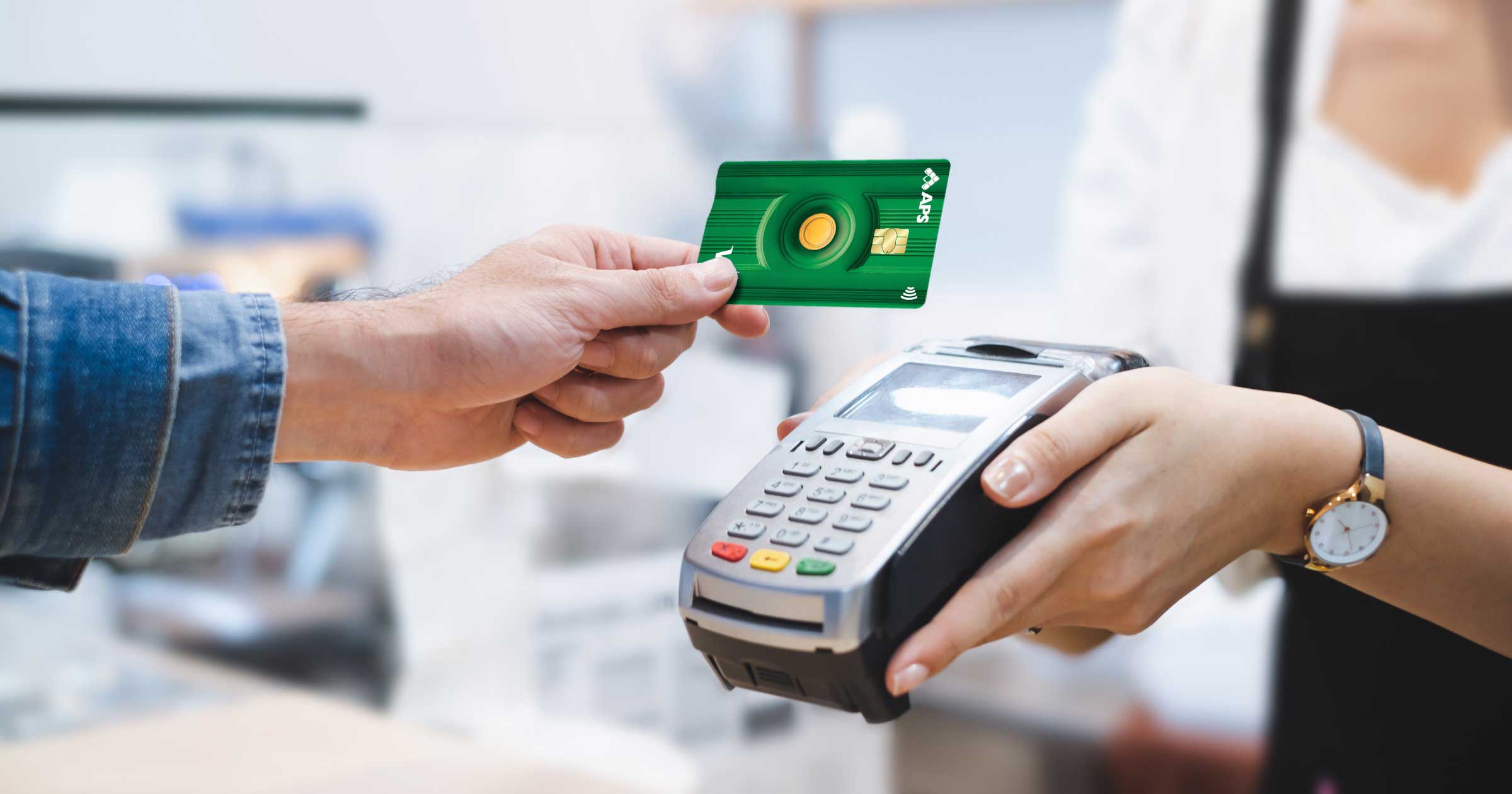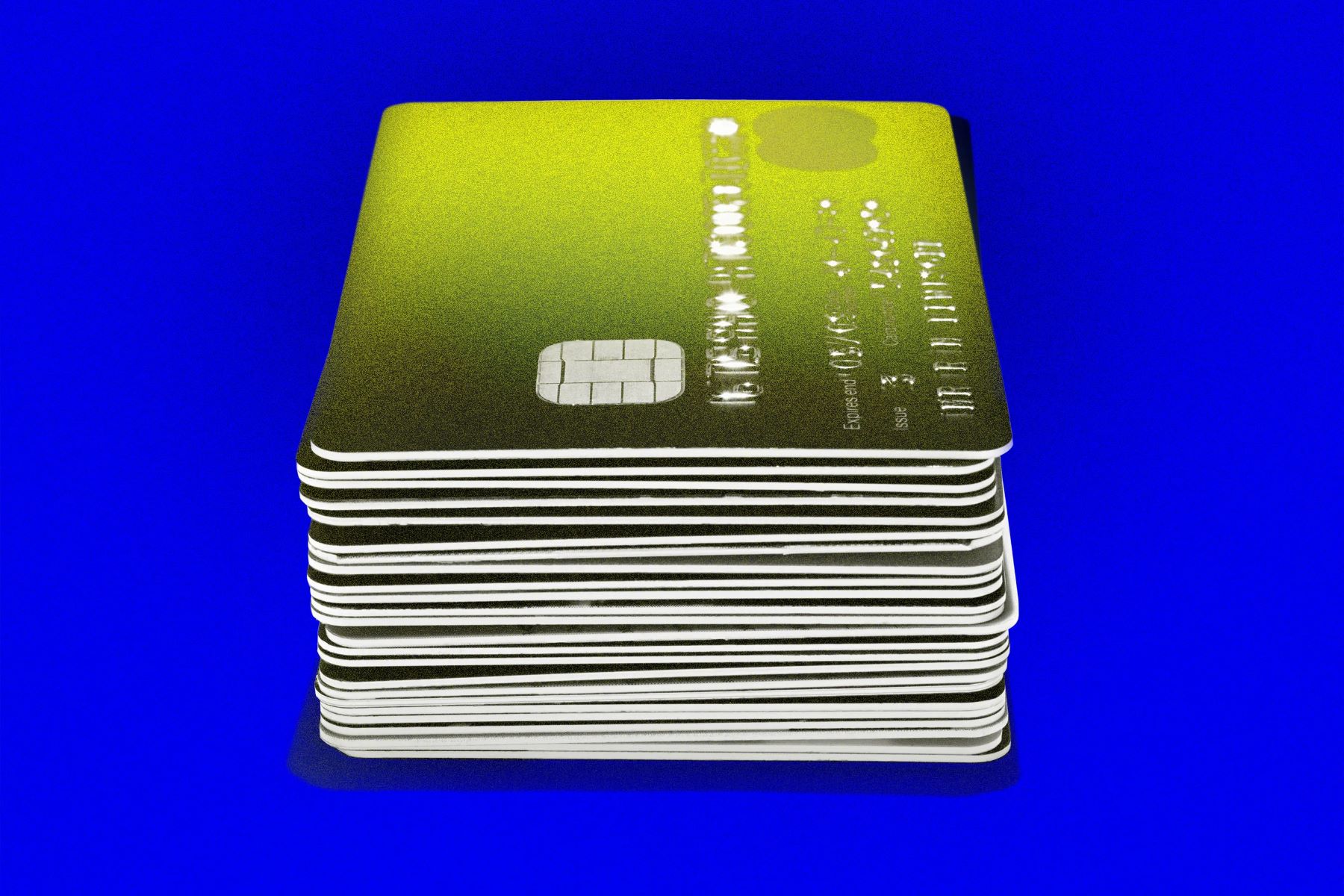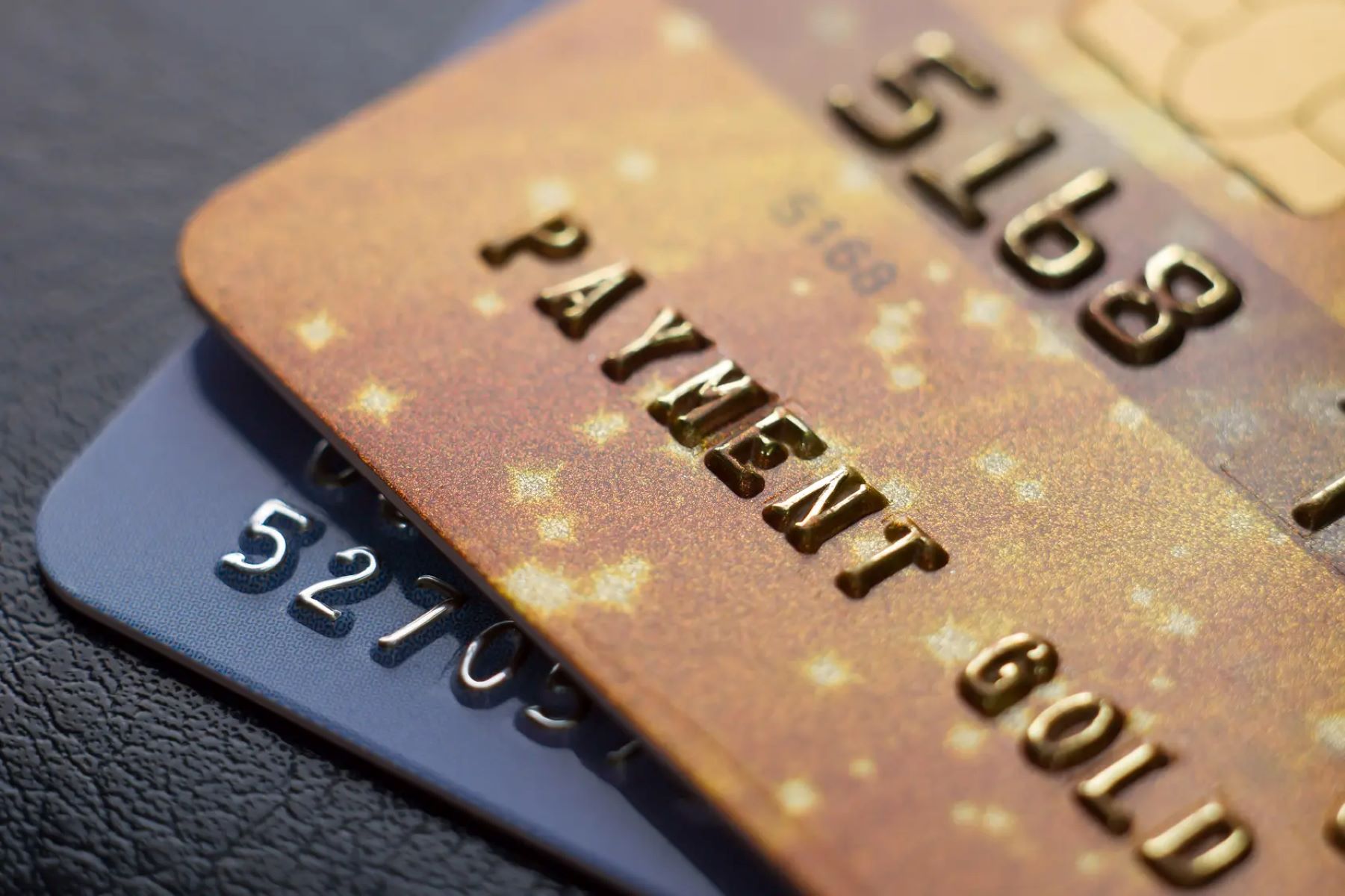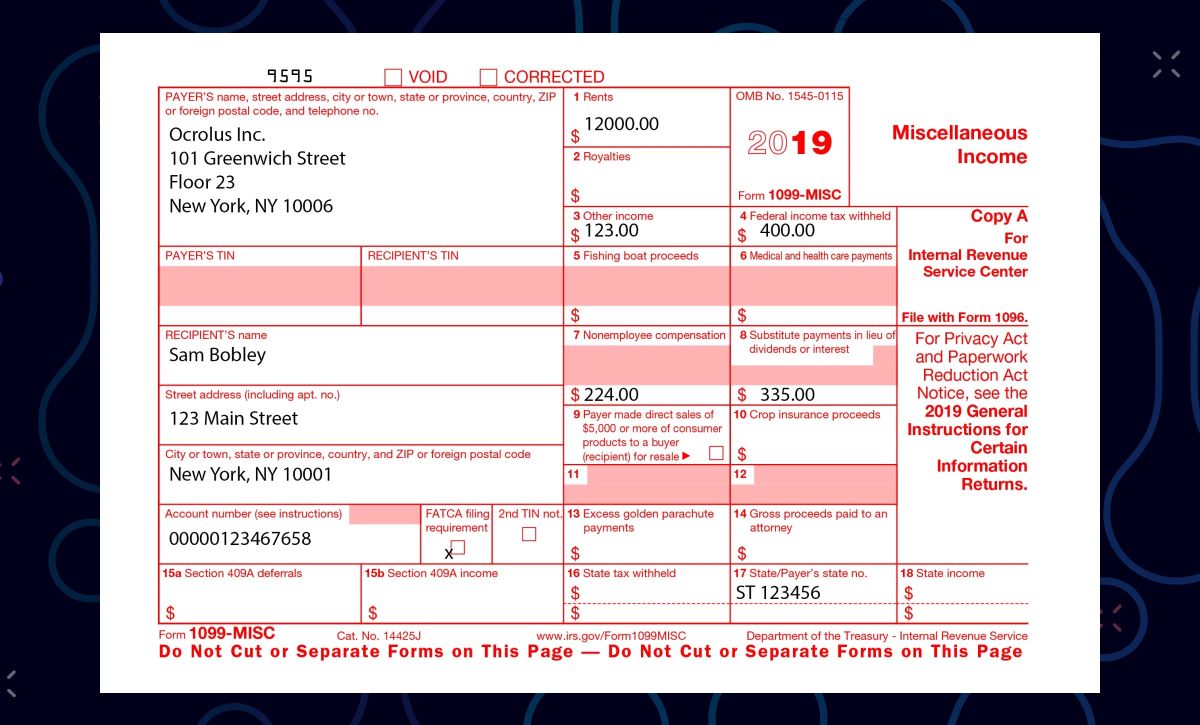

Finance
How To Discard Credit Card
Modified: February 21, 2024
Learn how to discard credit cards and manage your finances effectively with our step-by-step guide. Take control of your financial future and avoid unnecessary debt.
(Many of the links in this article redirect to a specific reviewed product. Your purchase of these products through affiliate links helps to generate commission for LiveWell, at no extra cost. Learn more)
Table of Contents
- Introduction
- Step 1: Gather All Your Credit Card Information
- Step 2: Pay Off Any Remaining Balance
- Step 3: Contact Your Credit Card Company
- Step 4: Cut Your Credit Card into Pieces
- Step 5: Confirm the Cancellation
- Step 6: Update Automatic Payments and Billing Information
- Step 7: Monitor Your Credit Report
- Conclusion
Introduction
Welcome to our guide on how to discard credit cards. Whether you’re looking to close an old account, consolidate your credit card usage, or simply want to declutter your wallet, canceling a credit card requires a few strategic steps to ensure a smooth and hassle-free process.
Credit cards can offer convenience and financial flexibility, but it’s important to know when to cut ties with a card that no longer serves your needs or aligns with your financial goals. By following our step-by-step guide, you’ll learn how to discard a credit card responsibly and protect your credit score in the process.
Please note that before canceling a credit card, it’s crucial to consider the potential impact on your credit utilization ratio and credit history. Closing a credit card account may affect your credit score, so it’s essential to understand the consequences and take the necessary precautions.
In this comprehensive guide, we will walk you through the process of discarding a credit card, from gathering necessary information to confirming the cancellation and updating your billing information. By following these steps, you can successfully close a credit card account while minimizing any negative effects on your credit profile.
So, if you’re ready to bid farewell to a credit card that no longer serves you, let’s dive into the steps you need to take to discard it responsibly and effectively.
Step 1: Gather All Your Credit Card Information
The first step in discarding a credit card is to gather all the necessary information related to the card. This includes the credit card number, the card’s expiration date, and the name of the issuing bank or financial institution.
Having this information readily available will make the cancellation process smoother and more efficient. It’s also important to locate and gather any supporting documents or paperwork related to the credit card, such as the terms and conditions or any recent statements.
If you can’t find the physical card or if it has been lost or stolen, it’s crucial to reach out to the credit card issuer immediately. They will be able to assist you with canceling the card and issuing a replacement to avoid any unauthorized charges or fraudulent activity.
By having all the necessary information at hand, you’ll be well-prepared to move on to the next steps in the credit card cancellation process. This will help streamline the process and ensure that you have a clear understanding of your financial obligations before proceeding further.
Step 2: Pay Off Any Remaining Balance
Before canceling a credit card, it’s essential to pay off any remaining balance on the card. This includes any outstanding charges or accrued interest. By doing so, you’ll avoid incurring additional fees and ensure a smooth closure of the account.
Review your credit card statement or access your online account to determine the amount owed on the card. Make a plan to pay off the balance in full or consider setting up a payment arrangement if needed. Remember, paying off the balance is crucial not only to complete the cancellation process but also to maintain a good credit standing.
If you’re unable to pay off the entire balance at once, contact the credit card issuer to discuss possible alternatives. They may be able to offer you a payment plan or work out a solution that suits your financial situation. It’s essential to communicate and address any outstanding balance before proceeding with the cancellation.
Once you have successfully paid off the balance, ensure that the payment is reflected in your account. Double-check that no pending charges or fees are outstanding. This step will provide the peace of mind that you’re closing the credit card account on a positive note without any financial obligations.
By taking the time to pay off any remaining balance, you’re demonstrating responsible financial behavior and protecting your credit history. This will help safeguard your credit score and ensure a smooth transition as you move forward without the credit card.
Step 3: Contact Your Credit Card Company
After paying off the balance on your credit card, the next step is to contact your credit card company or issuer. This step is crucial as it officially initiates the process of canceling your credit card.
You can reach out to the credit card company through their customer service hotline or by visiting their website and finding the appropriate contact information. Be prepared to provide your identification details, such as your name, credit card number, and any other requested information to verify your identity.
When speaking with a representative, clearly state your intention to cancel the credit card account. They may ask for a reason for the cancellation, but it’s important to remember that you’re not obligated to provide one. Simply state that you no longer require the card or that you’ve found a better financial option that suits your needs.
During this conversation, inquire about any potential outstanding fees, rewards, or benefits that may be associated with your credit card. Understand how these will be handled upon cancellation and if there are any specific instructions you need to follow.
It’s important to keep a record of your conversation with the credit card company, including the date, time, and the name of the representative you spoke with. This documentation will be helpful in case of any discrepancies or issues that may arise later on.
Once you have notified the credit card company of your intention to cancel, they will guide you through the remaining steps needed to complete the cancellation process. These steps may include returning any physical credit cards associated with the account or verifying your identity through additional means.
By contacting your credit card company directly and following their instructions, you can ensure a smooth and hassle-free cancellation of your credit card account.
Step 4: Cut Your Credit Card into Pieces
Once you have successfully contacted your credit card company and initiated the cancellation process, it’s time to physically dispose of the credit card. Cutting your credit card into pieces is an important step to ensure that it cannot be misused or accessed by anyone.
Take a pair of scissors or a paper shredder and carefully cut your credit card into multiple pieces. Cut through the magnetic strip, chip, and any embossed numbers or letters on the card. It’s important to ensure that the card is rendered completely unusable.
By cutting up the credit card, you eliminate the risk of someone finding and attempting to use it, protecting yourself from potential identity theft or fraudulent activity. Additionally, destroying the card serves as a symbolic act of closing that chapter and moving forward without it.
Make sure to safely dispose of the cut-up pieces of the card. You can separate them into different trash bags or mix them with other non-sensitive materials to further ensure their security. If you have a chip-enabled credit card, it’s a good idea to dispose of the chip separately to prevent any potential data retrieval.
Remember, cutting up the credit card does not cancel the account. It is still important to follow the cancellation process provided by your credit card company. Disposing of the card is an additional step to safeguard your personal information and prevent any misuse.
By physically cutting up your credit card, you’re taking an active step to ensure your financial security and reaffirming your commitment to moving on from that particular card.
Step 5: Confirm the Cancellation
After completing the necessary steps to cancel your credit card, it’s important to confirm the cancellation with your credit card company. This step ensures that the cancellation has been processed and that your account is officially closed.
Reach out to your credit card company either through their customer service hotline or by logging into your online account. Inquire about the status of your cancellation and ask for confirmation that the account has been closed.
During this confirmation process, verify that there are no pending charges or fees associated with the account. It’s also a good idea to ask for written confirmation of the cancellation for your records.
If there were any rewards, cashback, or loyalty points associated with the account, inquire about their redemption process. Make sure to redeem any remaining rewards before closing the account, as some credit card companies may not allow redemption after cancellation.
Keep a record of your confirmation, including the date, time, and the name of the representative you spoke with or any reference numbers provided. This documentation will serve as proof of the cancellation in case of any future disputes or issues.
It’s important to monitor your credit card statements and online account after the cancellation to ensure that no unauthorized charges or fees appear. If you notice any discrepancies, contact your credit card company immediately to resolve the issue.
By confirming the cancellation, you can have peace of mind knowing that your credit card account has been successfully closed and that you are no longer responsible for any charges or obligations associated with it.
Step 6: Update Automatic Payments and Billing Information
After canceling your credit card, it’s important to update any automatic payments or billing information associated with the card. This step ensures that your bills are paid on time and that you avoid any late fees or penalties.
Start by making a list of all the recurring payments that were linked to your credit card. This may include subscriptions, utility bills, insurance premiums, or any other regular expenses. Take the time to review your bank statements and online accounts to identify any automatic payments that need to be updated.
Contact each service provider individually and provide them with an alternative payment method. This can be another credit card, a debit card, or setting up direct withdrawals from your bank account. Most service providers have customer support teams available to assist you with updating your payment information.
Additionally, it’s important to update any online shopping accounts where your canceled credit card was saved as a payment method. This can include e-commerce platforms, streaming services, and online marketplaces. Remove the credit card from these accounts and add a new payment method to avoid complications during the checkout process.
After making these updates, closely monitor your bank statements to ensure that all automatic payments are deducted from the correct account. Double-check your payment confirmations to verify that the new payment method has been successfully set up.
Keep in mind that it may take a billing cycle or two for all automatic payments to be fully transitioned to the new payment method. Therefore, it’s advisable to periodically review your bank statements and online accounts to confirm that all payments are being processed correctly.
By updating your automatic payments and billing information, you can ensure that your financial obligations are met without any disruptions or penalties, even after canceling your credit card.
Step 7: Monitor Your Credit Report
After canceling your credit card, it’s important to regularly monitor your credit report to ensure that your credit profile reflects the closure of the account. This step helps you stay on top of your credit health and ensures that there are no errors or fraudulent activities affecting your credit score.
Request a free copy of your credit report from the major credit bureaus, such as Equifax, Experian, and TransUnion. You are entitled to one free credit report from each bureau annually. Review the report carefully and look for any accounts or balances that are still associated with the canceled credit card.
If you notice any discrepancies or inaccuracies on your credit report, contact the credit bureaus and provide them with the necessary documentation to rectify the situation. This may involve providing proof of cancellation or any related correspondence with the credit card company.
Additionally, it’s important to regularly monitor your credit score and track any changes that may occur as a result of canceling the credit card. This will give you an idea of how the closure of the account has affected your overall creditworthiness.
Consider utilizing credit monitoring services or apps that provide real-time alerts for any suspicious activities on your credit report. These services can help you detect any unauthorized accounts or inquiries that may impact your credit score.
Continue to check your credit report periodically, at least once every few months, to ensure that there are no new accounts or errors that may negatively affect your creditworthiness. By staying vigilant and monitoring your credit report, you can promptly address any issues that arise and maintain a healthy credit profile.
Remember, maintaining a good credit score is important for future financial endeavors, such as applying for loans, mortgages, or other lines of credit. By monitoring your credit report, you have greater control over your financial reputation and can take action to protect it.
Conclusion
Cancelling a credit card can be a strategic financial move, whether you’re looking to simplify your financial life or make room for better credit card options. By following the steps outlined in this guide, you can discard your credit card responsibly and minimize any negative impacts on your credit profile.
Remember to gather all the necessary information and pay off any remaining balance on the card before contacting your credit card company to initiate the cancellation process. Be sure to cut up the card into pieces to ensure it cannot be misused, and confirm the cancellation with your credit card company for your records.
Updating automatic payments and billing information will help you avoid any payment disruptions, while monitoring your credit report will ensure that your credit profile accurately reflects the closure of the credit card account. By taking these steps, you can maintain your financial well-being and protect your creditworthiness.
Always remember that canceling a credit card should be a well-thought-out decision. It’s important to weigh the pros and cons, consider your financial goals, and consult with a financial advisor if needed.
As you embark on this journey to discard your credit card, use this guide as a roadmap to navigate the process smoothly. By taking the necessary steps and staying on top of your finances, you’ll be well on your way to financial freedom and a healthier credit profile.
